Home>Gardening & Outdoor>Landscaping Ideas>How To Kill Torpedo Grass In Florida
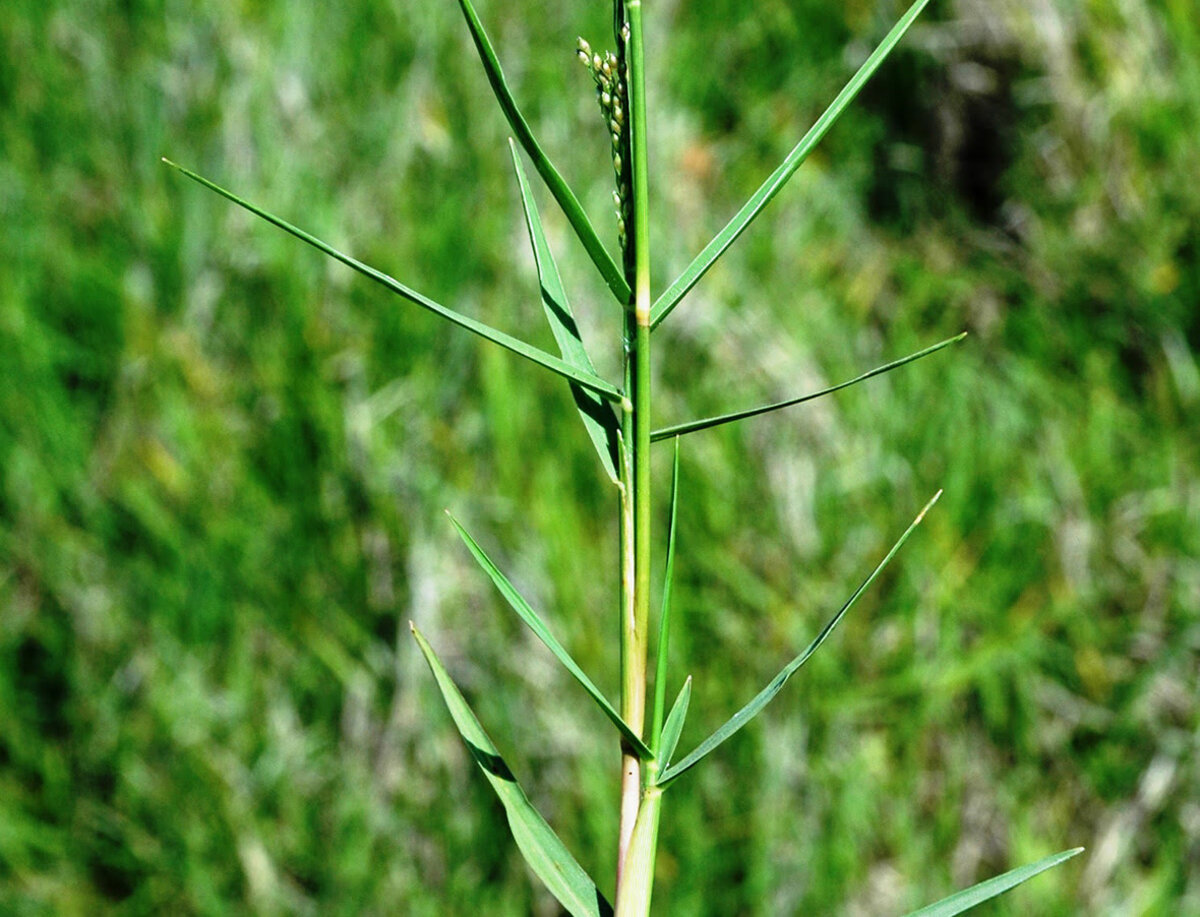

Landscaping Ideas
How To Kill Torpedo Grass In Florida
Modified: February 3, 2024
Learn effective landscaping ideas to eliminate torpedo grass in Florida. Discover expert tips and techniques to reclaim your lawn.
(Many of the links in this article redirect to a specific reviewed product. Your purchase of these products through affiliate links helps to generate commission for Storables.com, at no extra cost. Learn more)
Introduction
Welcome to the sunshine state, where the lush landscapes and balmy weather create the perfect environment for a variety of plant life. However, not all greenery is welcome, especially when it comes to the persistent and invasive torpedo grass. This resilient weed has been a thorn in the side of many Florida homeowners and landscapers, but fear not – with the right knowledge and strategies, you can effectively combat and eliminate torpedo grass from your outdoor spaces.
In this comprehensive guide, we will delve into the world of torpedo grass, understanding its characteristics, identifying its presence, and exploring the most effective methods for eradicating it from your Florida landscape. By the end of this article, you will be equipped with the insights and techniques needed to reclaim your outdoor spaces from the clutches of this stubborn intruder.
Key Takeaways:
- Torpedo grass, a resilient weed in Florida, can be identified by its bluish-green hue and rapid spread through rhizomes. Combat it with hand pulling, regular mowing, and selective herbicides for effective eradication.
- To reclaim outdoor spaces from torpedo grass, implement preventative measures like proper turf maintenance and seek professional assistance for severe infestations. Persistence and targeted control methods are key to success.
Read more: What Kills Torpedo Grass
Understanding Torpedo Grass
To effectively combat torpedo grass, it’s crucial to grasp its nature and characteristics. Cylindrically shaped and boasting a distinctive bluish-green hue, torpedo grass (Panicum repens) is a perennial grass species that thrives in warm and moist environments. Originating from Africa, Asia, and Australia, this aggressive weed found its way to Florida and has since established itself as a formidable foe for landscapers and gardeners.
One of the most remarkable traits of torpedo grass is its ability to propagate rapidly through its robust rhizome system. These underground stems enable the plant to spread quickly and establish new growth points, making it incredibly challenging to control once it takes root in a landscape.
Furthermore, torpedo grass exhibits remarkable adaptability, thriving in a range of soil types and moisture levels. Its resilience in the face of adverse conditions makes it a particularly troublesome adversary for Florida’s diverse ecosystems. Whether in the fertile soils of a well-maintained garden or the neglected corners of a yard, torpedo grass can take hold and spread with alarming speed.
Understanding the tenacity and adaptability of torpedo grass is essential for developing an effective eradication strategy. By gaining insights into its growth patterns, reproductive mechanisms, and environmental preferences, you can begin to formulate a targeted approach to combat this invasive weed and restore the health and beauty of your outdoor spaces.
Identifying Torpedo Grass in Florida
Recognizing torpedo grass amidst the diverse flora of Florida is a crucial first step in combating its encroachment. This invasive weed can be identified by several distinctive features that set it apart from other grass species commonly found in the region.
One of the primary characteristics of torpedo grass is its cylindrical stems, which can grow to heights of up to three feet. These stems are often hollow and possess a bluish-green hue, lending the plant a unique and unmistakable appearance. Additionally, the leaves of torpedo grass are long, narrow, and pointed, further contributing to its distinct visual profile.
When attempting to identify torpedo grass, it’s important to consider not only its physical attributes but also its growth patterns. This weed spreads rapidly through its rhizomatous root system, creating dense mats of vegetation that can quickly overtake lawns, gardens, and natural landscapes. These aggressive growth habits make torpedo grass a formidable adversary, necessitating prompt and decisive action to prevent its unchecked proliferation.
Furthermore, torpedo grass exhibits remarkable resilience in the face of environmental stressors, thriving in a variety of soil types and moisture levels. Whether in well-irrigated lawns, marshy wetlands, or neglected patches of land, this invasive weed can take hold and spread with alarming efficiency.
By familiarizing yourself with the distinctive visual characteristics and growth patterns of torpedo grass, you can equip yourself to identify and address its presence in your outdoor spaces. This foundational knowledge is essential for implementing targeted eradication strategies and preventing the unchecked spread of this persistent and invasive weed.
Challenges of Torpedo Grass
Torpedo grass presents a myriad of challenges for Florida homeowners, landscapers, and garden enthusiasts. Its aggressive growth habits, resilience in diverse environments, and rapid propagation make it a formidable adversary in the battle to maintain healthy and visually appealing outdoor spaces.
One of the most pressing challenges posed by torpedo grass is its ability to rapidly colonize and overtake landscapes. The plant’s extensive rhizomatous root system enables it to spread quickly, forming dense mats of vegetation that smother and outcompete surrounding plant life. This aggressive growth can lead to the degradation of lawns, gardens, and natural ecosystems, undermining the aesthetic and ecological integrity of outdoor spaces.
Furthermore, torpedo grass exhibits remarkable adaptability, thriving in a range of soil types and moisture conditions. Its ability to flourish in both irrigated landscapes and waterlogged environments makes it a pervasive and persistent weed, capable of establishing footholds in diverse outdoor settings. This adaptability complicates eradication efforts, as traditional methods of weed control may prove ineffective against the resilient nature of torpedo grass.
Additionally, the tenacity of torpedo grass presents a significant challenge for landscapers and gardeners seeking to maintain visually appealing and well-manicured outdoor spaces. Its rapid growth and invasive tendencies can necessitate ongoing and intensive management efforts, consuming time, resources, and energy that could be better allocated to other aspects of landscape maintenance and enhancement.
By understanding the formidable challenges posed by torpedo grass, homeowners and landscapers can better appreciate the importance of implementing targeted and effective eradication strategies. Overcoming these challenges requires a comprehensive approach that addresses the unique characteristics and growth habits of torpedo grass, empowering individuals to reclaim their outdoor spaces from the clutches of this persistent and invasive weed.
Methods for Killing Torpedo Grass in Florida
Combatting torpedo grass in Florida requires a multi-faceted approach that leverages a combination of targeted techniques and diligent maintenance practices. By integrating both mechanical and chemical methods, homeowners and landscapers can effectively eradicate torpedo grass and prevent its re-establishment in outdoor spaces.
Mechanical Control
- Hand Pulling: For isolated patches of torpedo grass, hand pulling can be an effective method of control. It is essential to remove as much of the rhizome system as possible to prevent regrowth.
- Regular Mowing: Keeping grass and vegetation at a consistent height through regular mowing can help weaken torpedo grass and prevent its spread.
- Smothering: Covering affected areas with heavy mulch or landscaping fabric can effectively smother torpedo grass, inhibiting its growth and eventually leading to its demise.
Chemical Control
- Selective Herbicides: Selective herbicides formulated specifically for grassy weeds can be applied to torpedo grass, effectively targeting and eliminating the invasive weed while minimizing harm to surrounding plant life.
- Non-Selective Herbicides: In cases where torpedo grass has encroached upon non-landscaped areas, non-selective herbicides can be used to eradicate the weed. Care must be taken to avoid contact with desirable plants.
Preventative Measures
Implementing preventative measures is essential for long-term torpedo grass control. This includes maintaining healthy turf through proper irrigation, fertilization, and aeration practices, as well as promptly addressing any signs of torpedo grass encroachment to prevent its establishment and spread.
Professional Assistance
In cases of severe torpedo grass infestations or when dealing with extensive landscapes, seeking the expertise of professional landscapers or weed control specialists can provide valuable insights and solutions for effective eradication and long-term management.
By combining mechanical control methods, targeted chemical applications, preventative measures, and professional assistance where necessary, homeowners and landscapers in Florida can effectively combat and eliminate torpedo grass, reclaiming their outdoor spaces from this persistent and invasive weed.
To kill torpedo grass in Florida, use a selective herbicide labeled for use on grassy weeds. Apply in early summer when the grass is actively growing for best results.
Read more: How To Seed Grass In Florida
Conclusion
As you navigate the diverse landscapes of Florida, the presence of torpedo grass may pose a significant challenge to the health and aesthetics of your outdoor spaces. However, armed with a deeper understanding of this invasive weed and a comprehensive arsenal of control methods, you can take proactive steps to combat and eliminate its encroachment.
By recognizing the distinctive characteristics of torpedo grass and understanding its growth patterns, you can effectively identify and address its presence in your landscape. This foundational knowledge serves as the cornerstone for implementing targeted eradication strategies, preventing the unchecked spread of this persistent and invasive weed.
The challenges posed by torpedo grass are indeed formidable, but they are not insurmountable. Through a combination of mechanical and chemical control methods, as well as the implementation of preventative measures, you can effectively combat torpedo grass and prevent its re-establishment in your outdoor spaces. Moreover, seeking professional assistance when needed can provide valuable insights and solutions for effective eradication and long-term management.
As you embark on the journey to reclaim your outdoor spaces from the clutches of torpedo grass, remember that persistence and diligence are key. Consistent maintenance practices and a proactive approach to weed control will help safeguard the health and beauty of your landscapes, ensuring that torpedo grass remains at bay.
With the knowledge and strategies outlined in this guide, you are well-equipped to tackle the challenge of torpedo grass and restore the vibrancy and allure of your Florida outdoor spaces. By taking decisive action and implementing targeted control methods, you can effectively eliminate torpedo grass and create a landscape that thrives in its natural splendor.
Embrace the opportunity to cultivate a landscape that reflects the beauty and diversity of Florida, free from the encroachment of invasive weeds. Through your dedication and informed approach, you can transform your outdoor spaces into havens of natural splendor and tranquility, where the vibrant tapestry of Florida’s flora flourishes unhindered by the tenacious grip of torpedo grass.
Frequently Asked Questions about How To Kill Torpedo Grass In Florida
Was this page helpful?
At Storables.com, we guarantee accurate and reliable information. Our content, validated by Expert Board Contributors, is crafted following stringent Editorial Policies. We're committed to providing you with well-researched, expert-backed insights for all your informational needs.
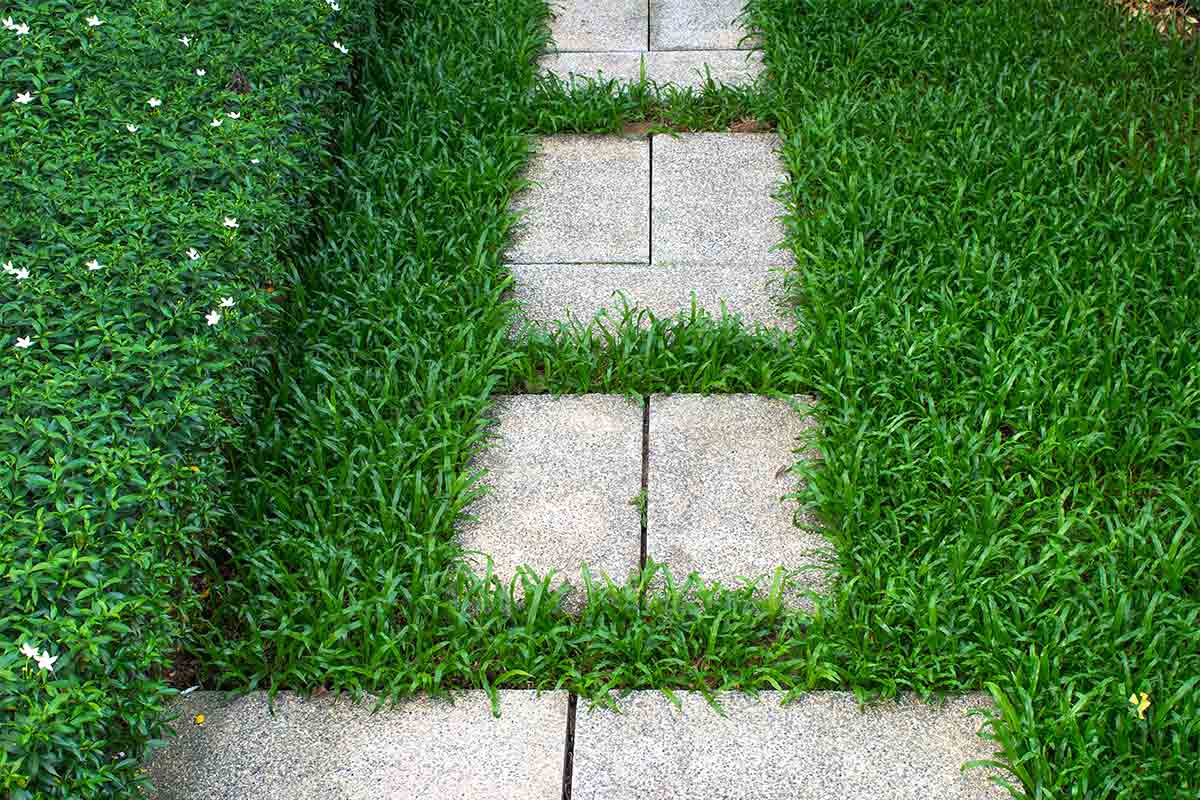
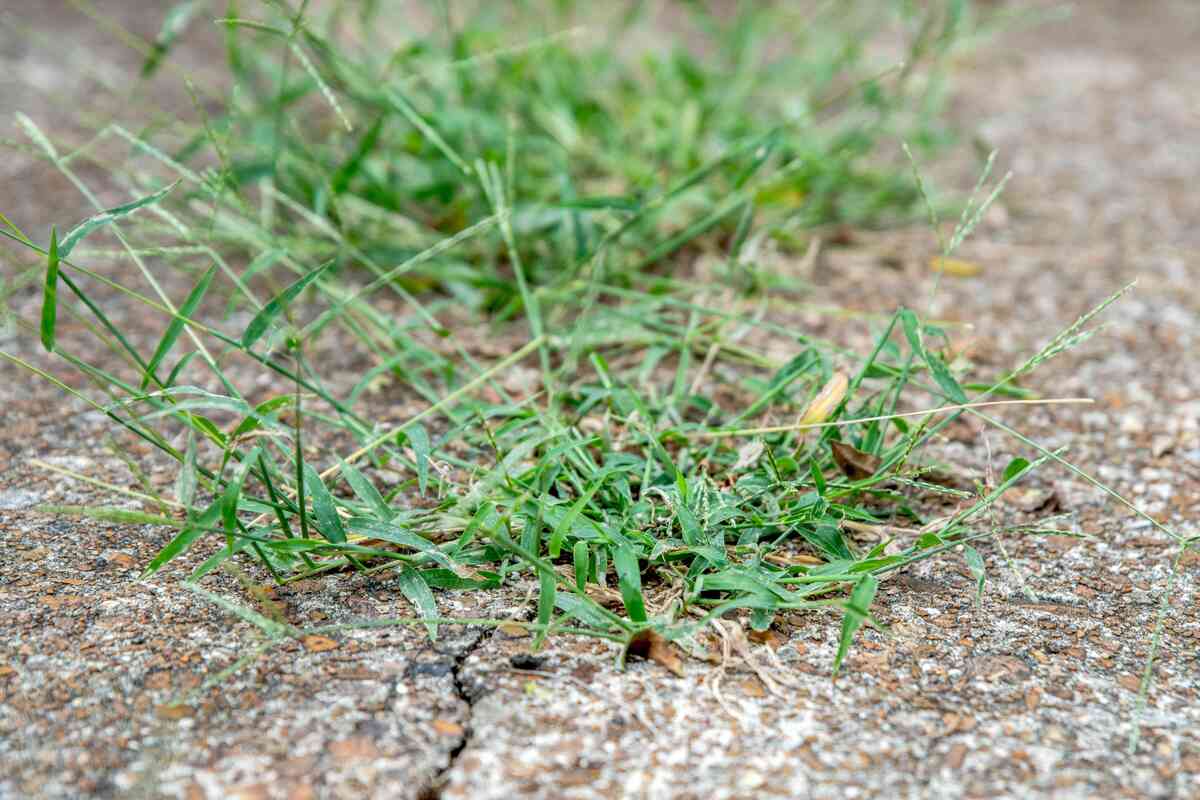
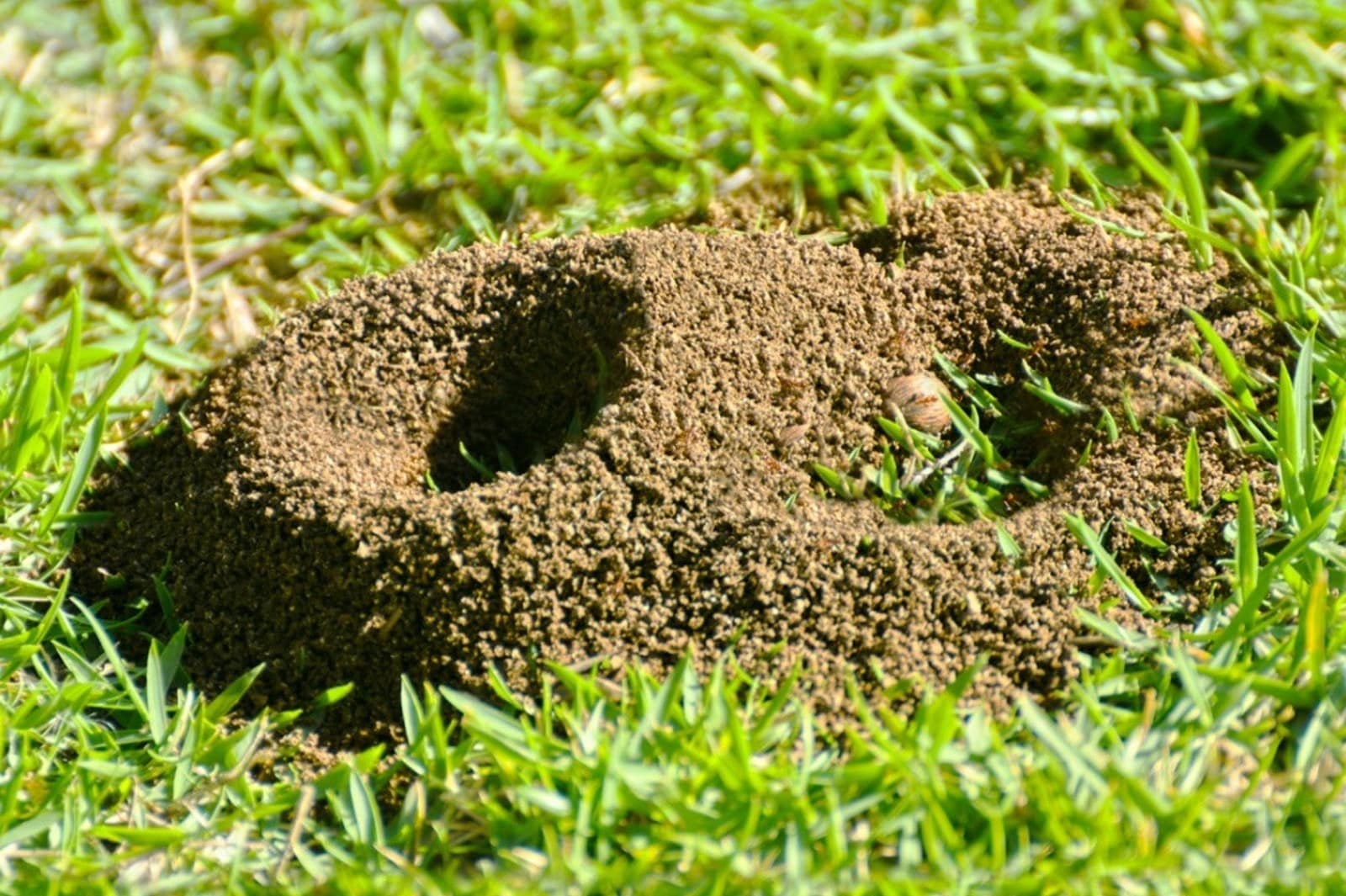
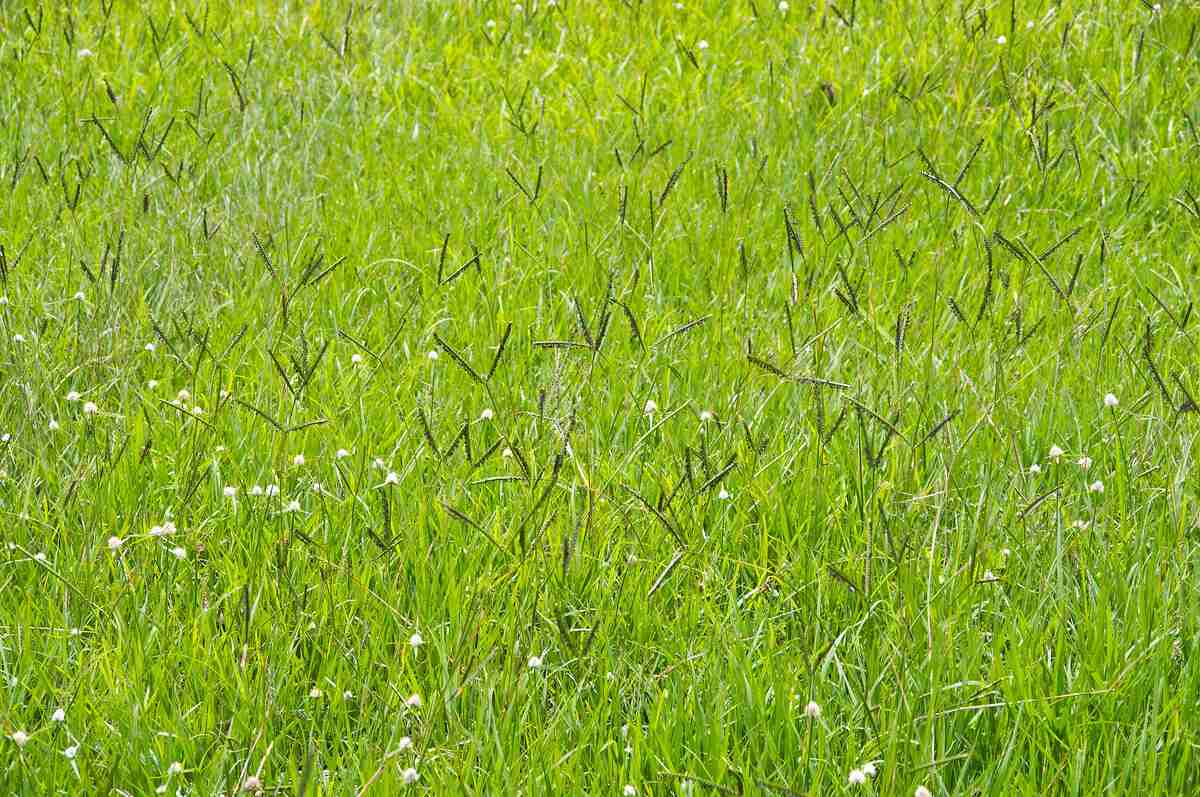
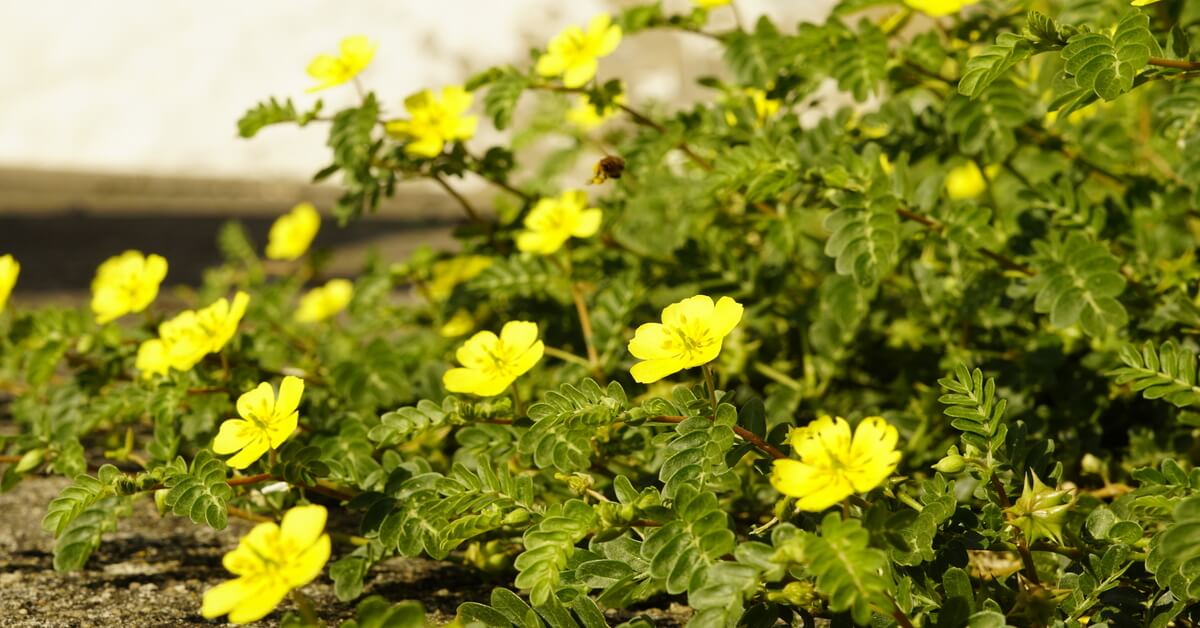
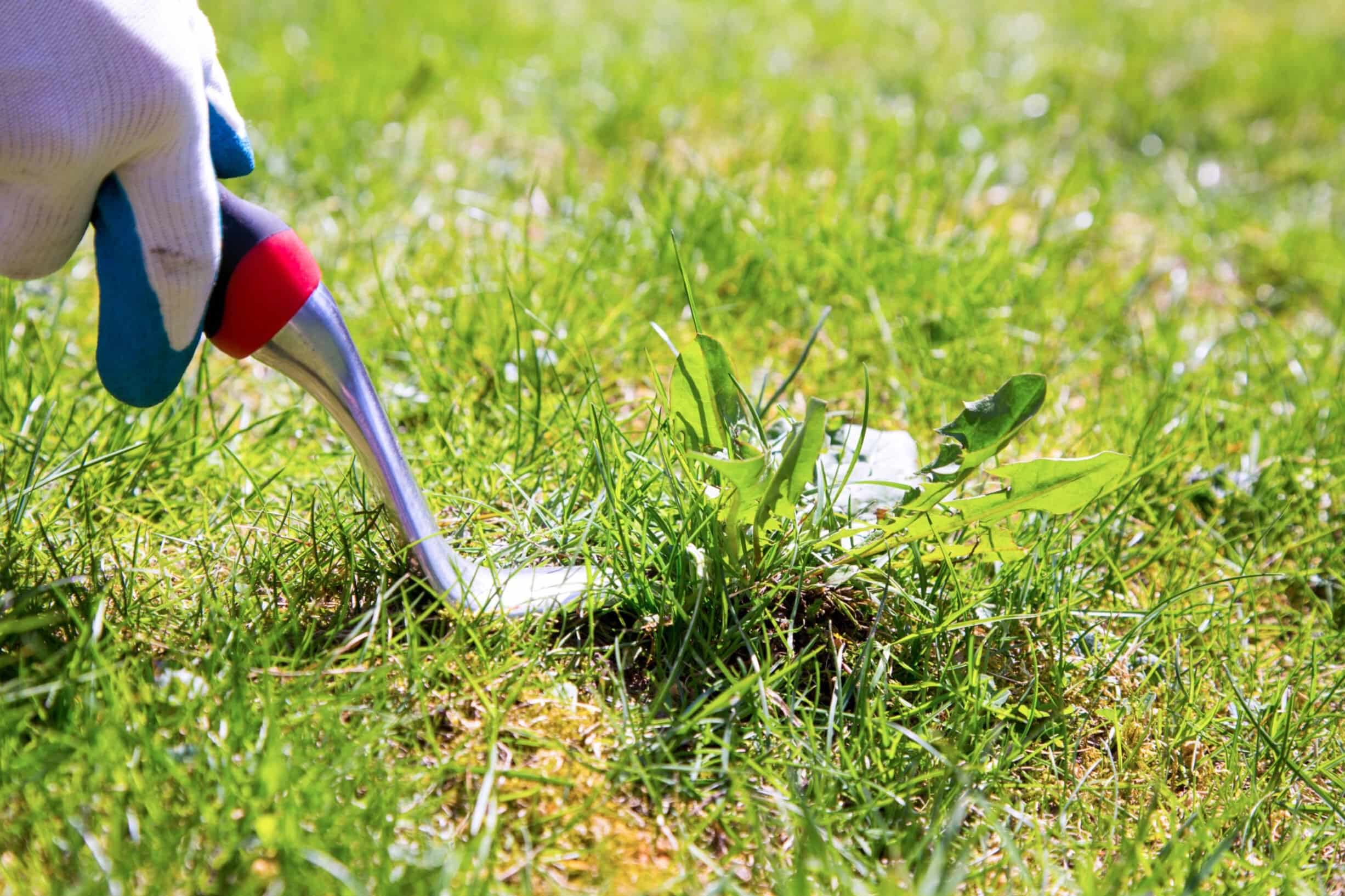
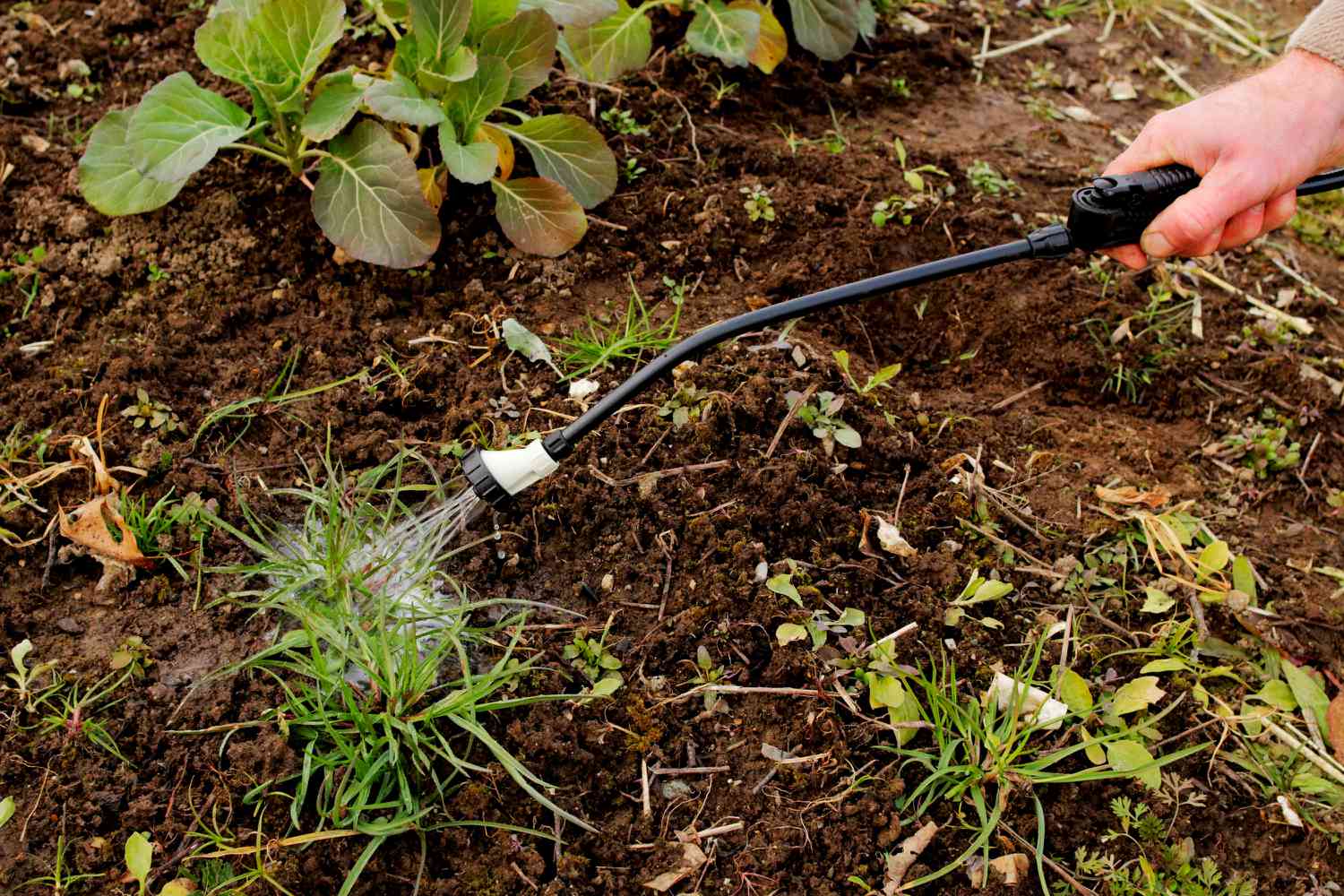
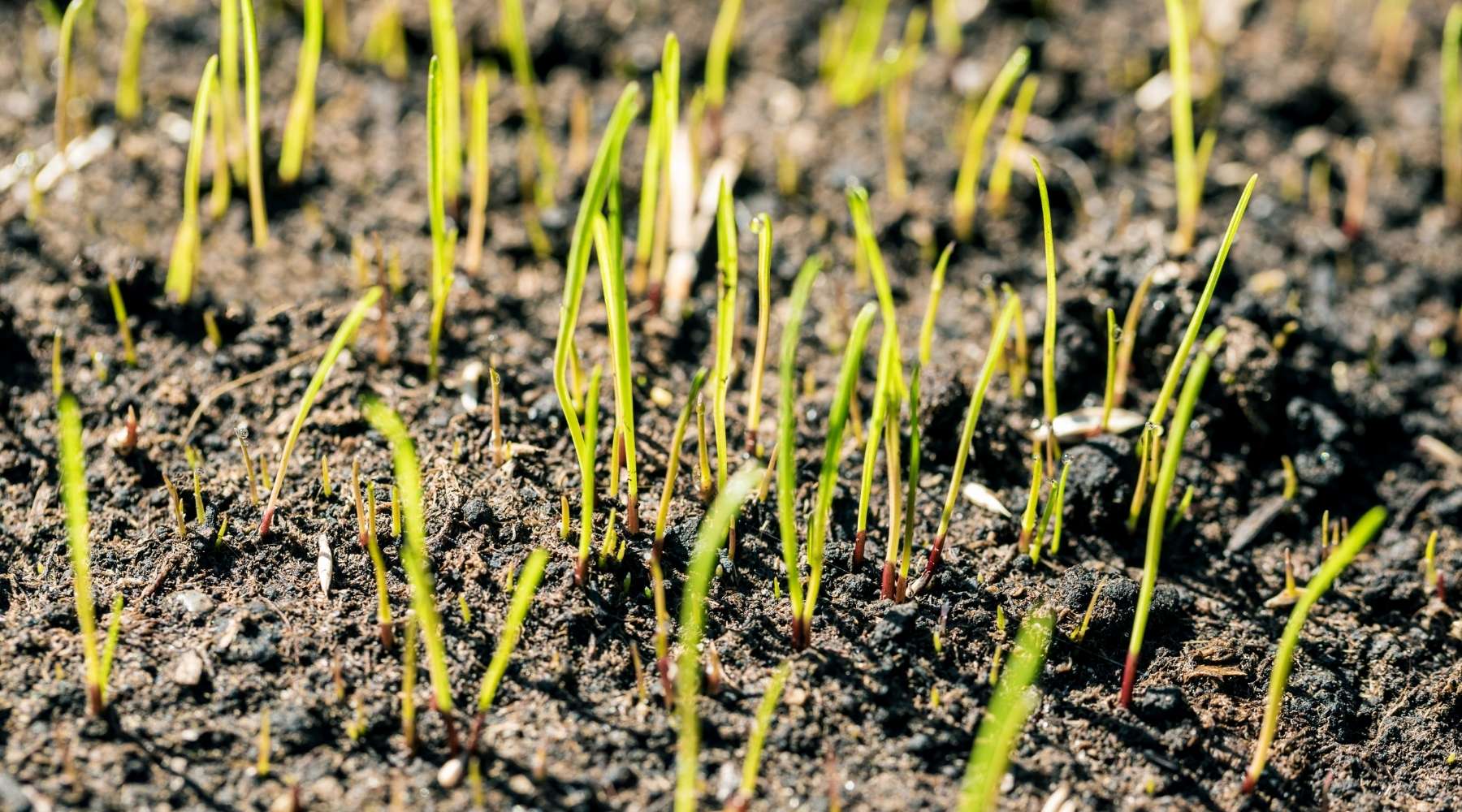
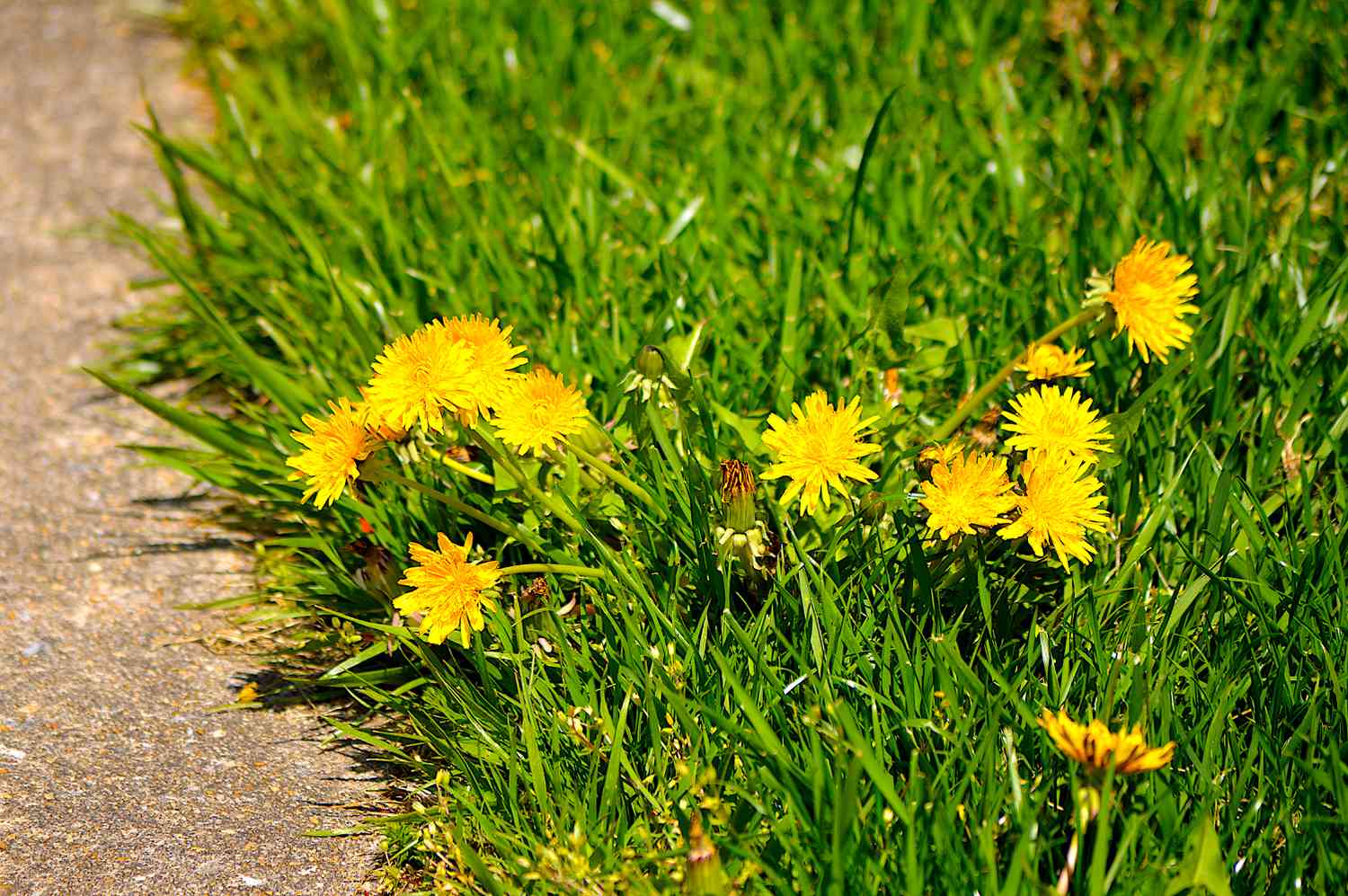
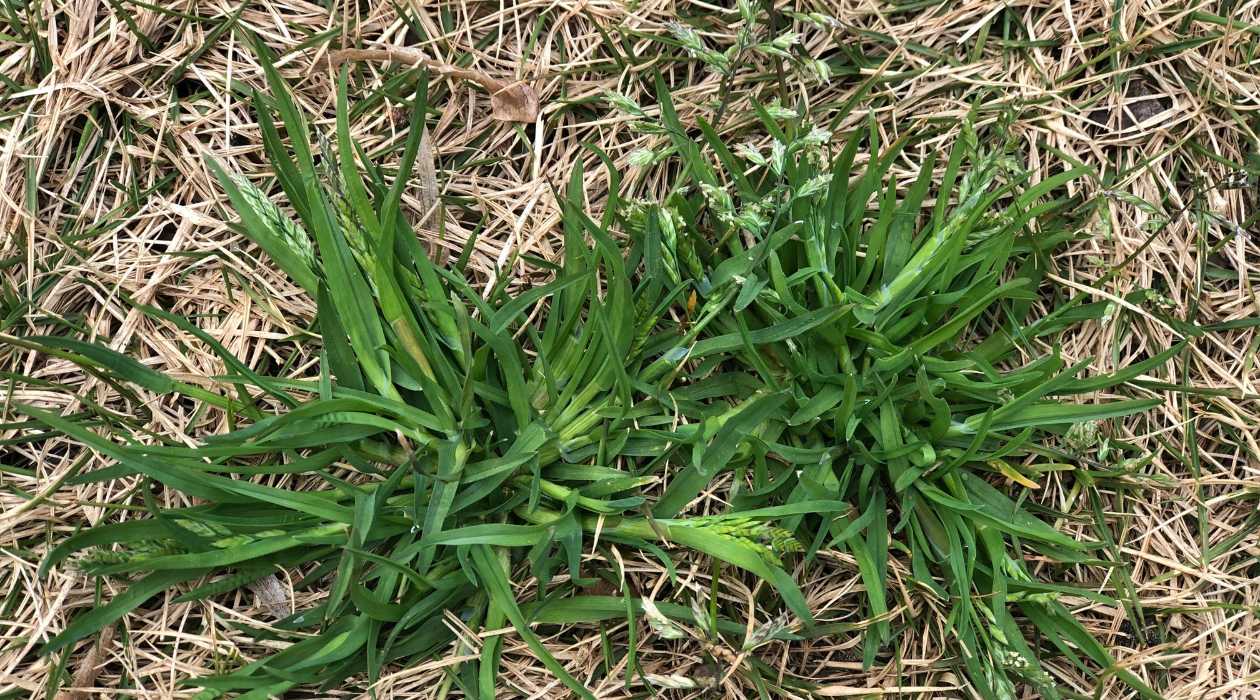
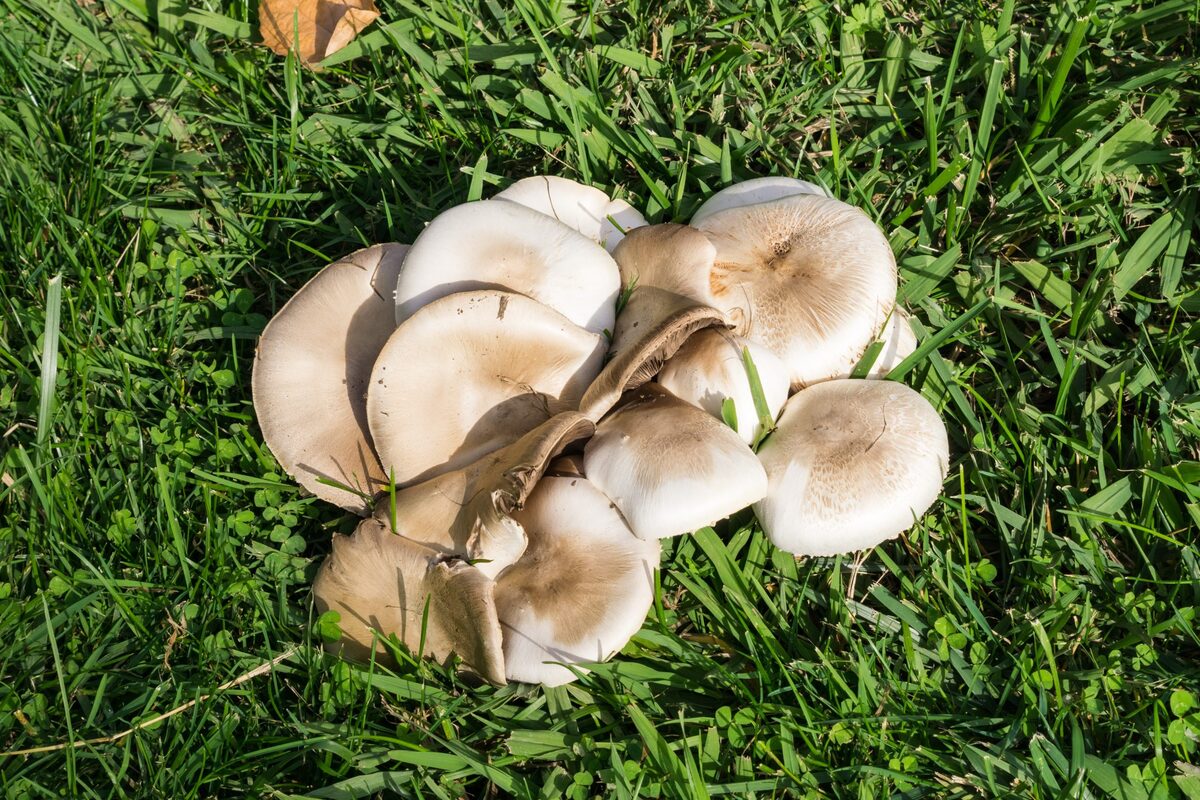
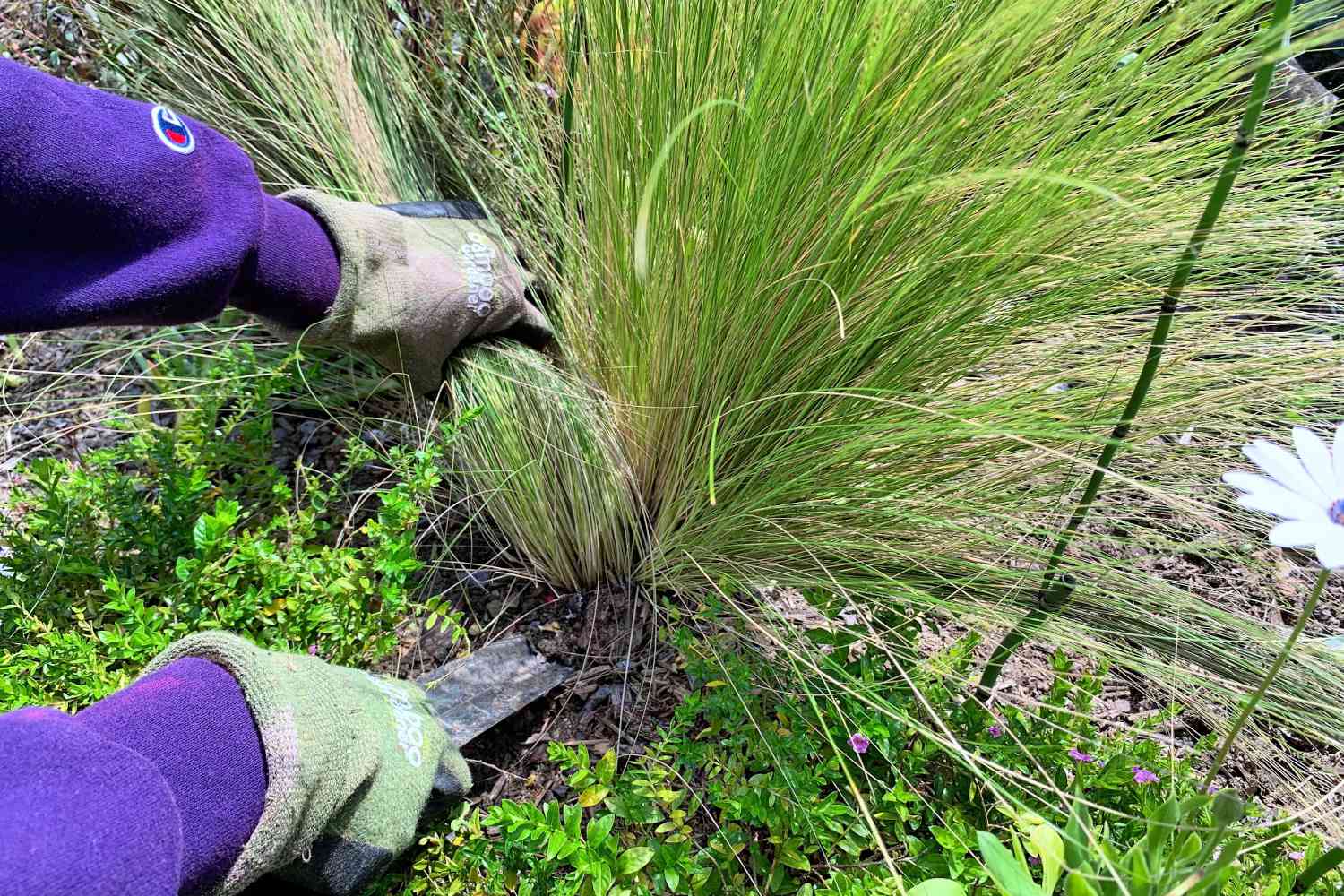
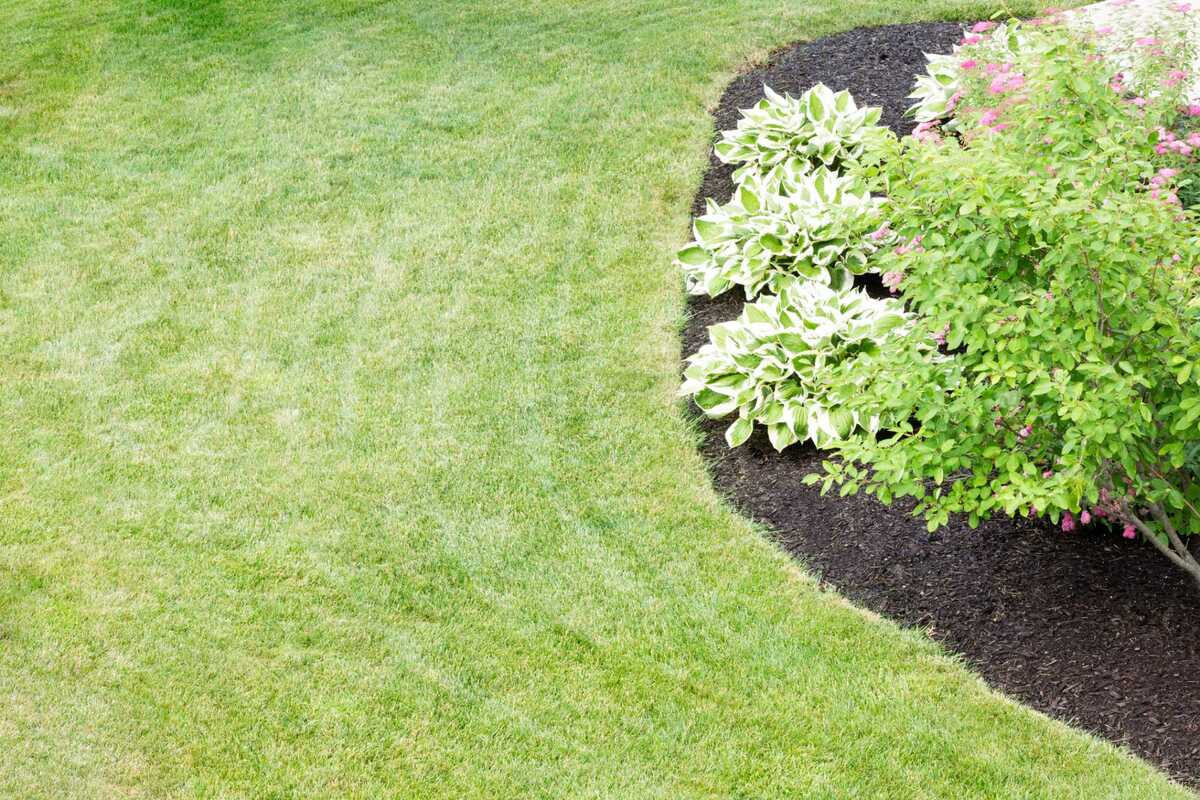

0 thoughts on “How To Kill Torpedo Grass In Florida”